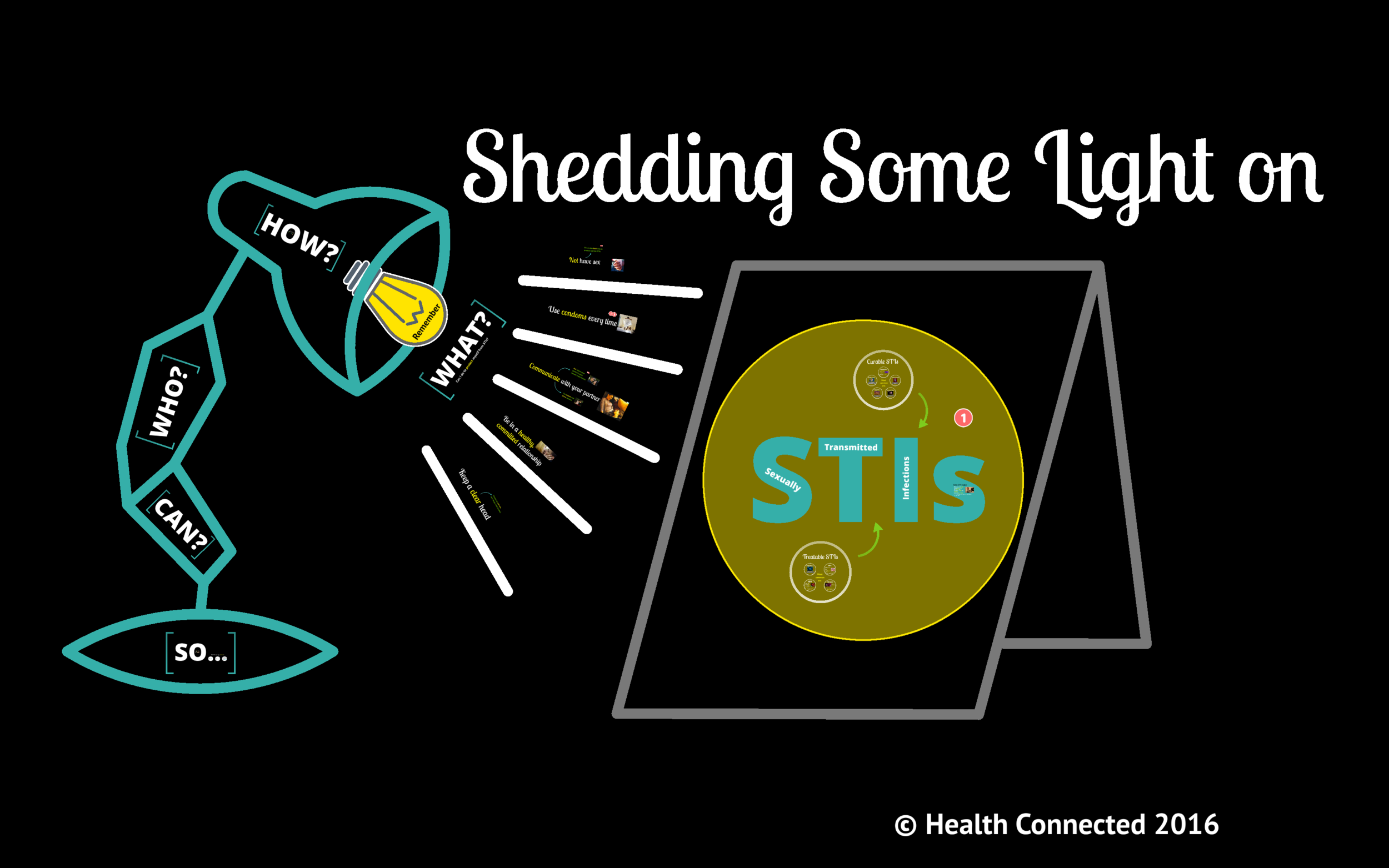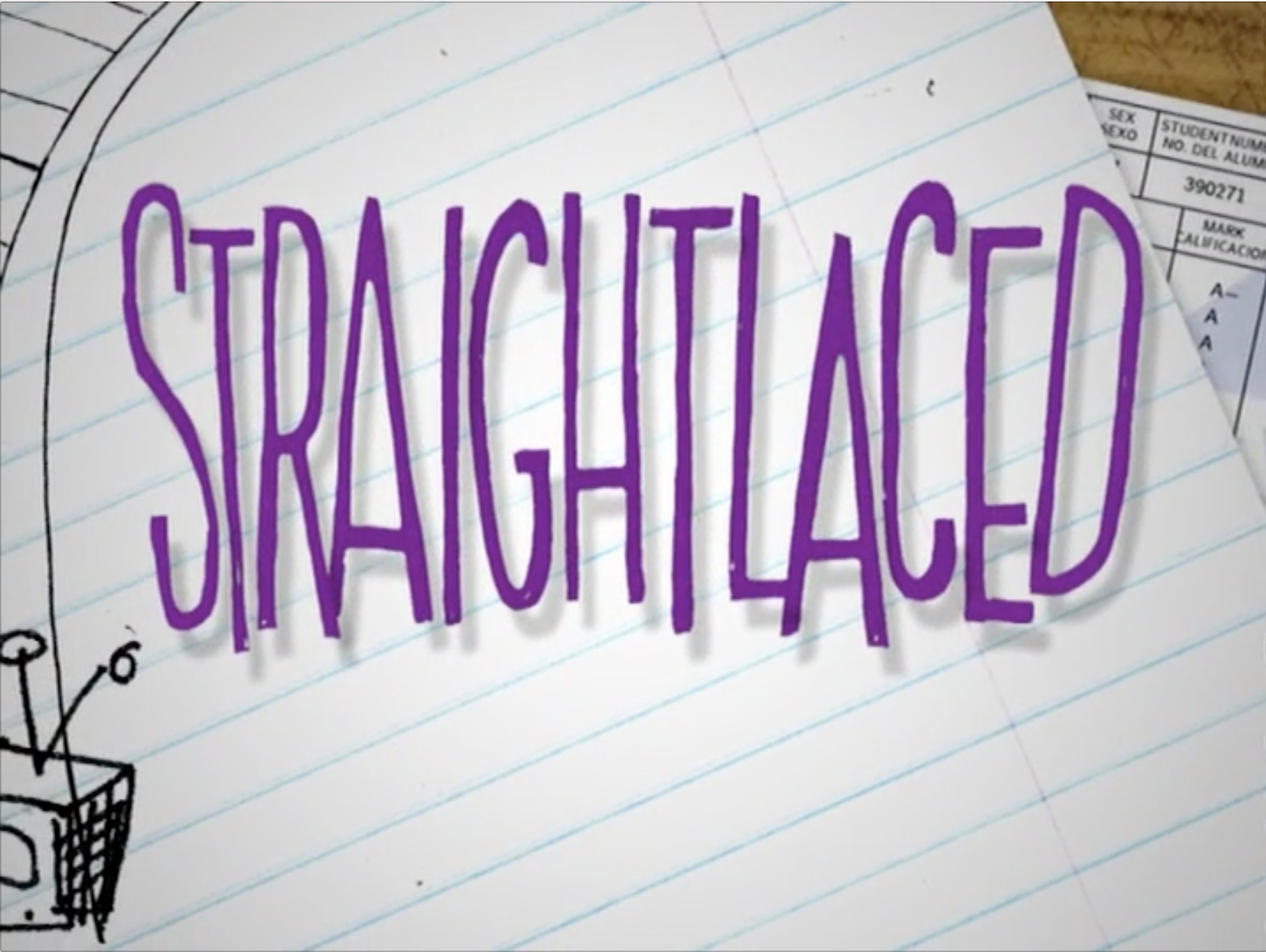Teen Talk Middle School
Below is a sample of lessons and activities from our Teen Talk Middle School (TTMS) course (visit our Table of Contents for a more exhaustive list). Lessons in TTMS have been informed by best practices in adolescent health, state/federal guidance, the California Healthy Youth Act, and feedback from students, parents, and teachers.
Trusted Adult Communication: "Back in the Day"
Youth who communicate with their parents about sexual development succeed in a variety of ways, from improved literacy to better decision making. It also creates a closer bond between families. That’s why we encourage students to identify trusted adults in their lives and open up a dialogue with their parents/guardians. In Teen Talk Middle School, this is through the “Back in the Day” adult interview assignment.
Understanding the Body: "Sexual & Reproductive Anatomy"
Before or on the first day of instruction, students gain an age-appropriate understanding of key reproductive organs. With correct terminology and functional language, students are better equipped to maintain healthy sexuality. When Health Connected instructors will be presenting Teen Talk Middle School, we typically ask teachers to deliver our Sexual and Reproductive Anatomy lesson.
Gaining Common Language: "Sexual Behaviors"
Under CA Education Code, middle school sexual health curricula must explain the ways in which sexually transmitted infections (STIs) can be passed. The CA Ed Code also requires curricula be inclusive of all sexual orientations and gender identities; this is a fundamental aspect of our pedagogy. Teen Talk Middle School defines the term "sexual behaviors" as including sexual touching, oral, anal, and vaginal sex. By defining sexual behaviors this way, students understand these activities as ones that carry the highest risk of STIs and also ensures that sexual behaviors are defined in a way that is inclusive of all sexual orientations and gender identities.
Under the facilitation of a trained educator, students also gain respectful, medically accurate language that reduces the use of potentially inappropriate or demeaning slang. Facilitators center this lesson around sexual decision-making, emphasizing the importance of understanding personal and family values and encouraging communication with trusted adults. There is also a discussion about the importance of consent. Strong focus remains on “abstinence”, defined as “not having sex.”
Sexually Transmitted Infections: "Sheding Some Light on STIs" Prezi
In this 40-minute presentation, students learn about sexually transmitted infections, ways to prevent them (no sex, partner communication, and regular testing/condom use for those who are sexually active), and manage them with a doctor’s care. This includes discussion about HIV/AIDS. There is a strong focus on prevention and partner communication.
Sexual & Gender Identities: "Straightlaced"
This film chronicles the lives of Bay Area teens and how common stereotypes around gender and sexuality shapes their lives, and what happens when those expectations are broken (from Groundspark Productions). Click on the icon (left) to watch the trailer.
Decision-Making: "Dealing with Pressure"
Using social script scenarios about peer pressure and partner pressure, students work in pairs to identify ways to deal with potential pressures. The focus of this activity is on delaying sexual activities, decision-making aligned with personal values, building communication skills, and boundary setting.
Goal-Setting: "My Super Future"
Used as an end-of-course activity, My Super Future (below) prompts students to envision their futures while reflecting on their personal and familial values, and the information they've learned throughout Teen Talk Middle School.
“MY BODY, MY BOUNDARIES”
Through this activity, 7th and 8th graders are introduced to the important legal definitions of sexual assault, sexual harassment, rape, and sex trafficking within a safe, guided classroom discussion. After gaining an understanding of each term, as a class, students examine true-to-life "scenarios" and determine if a sexual crime occurred in those scenarios. This enables students to identify sexual crimes in real life and several trusted adults they can turn for help immediately.



